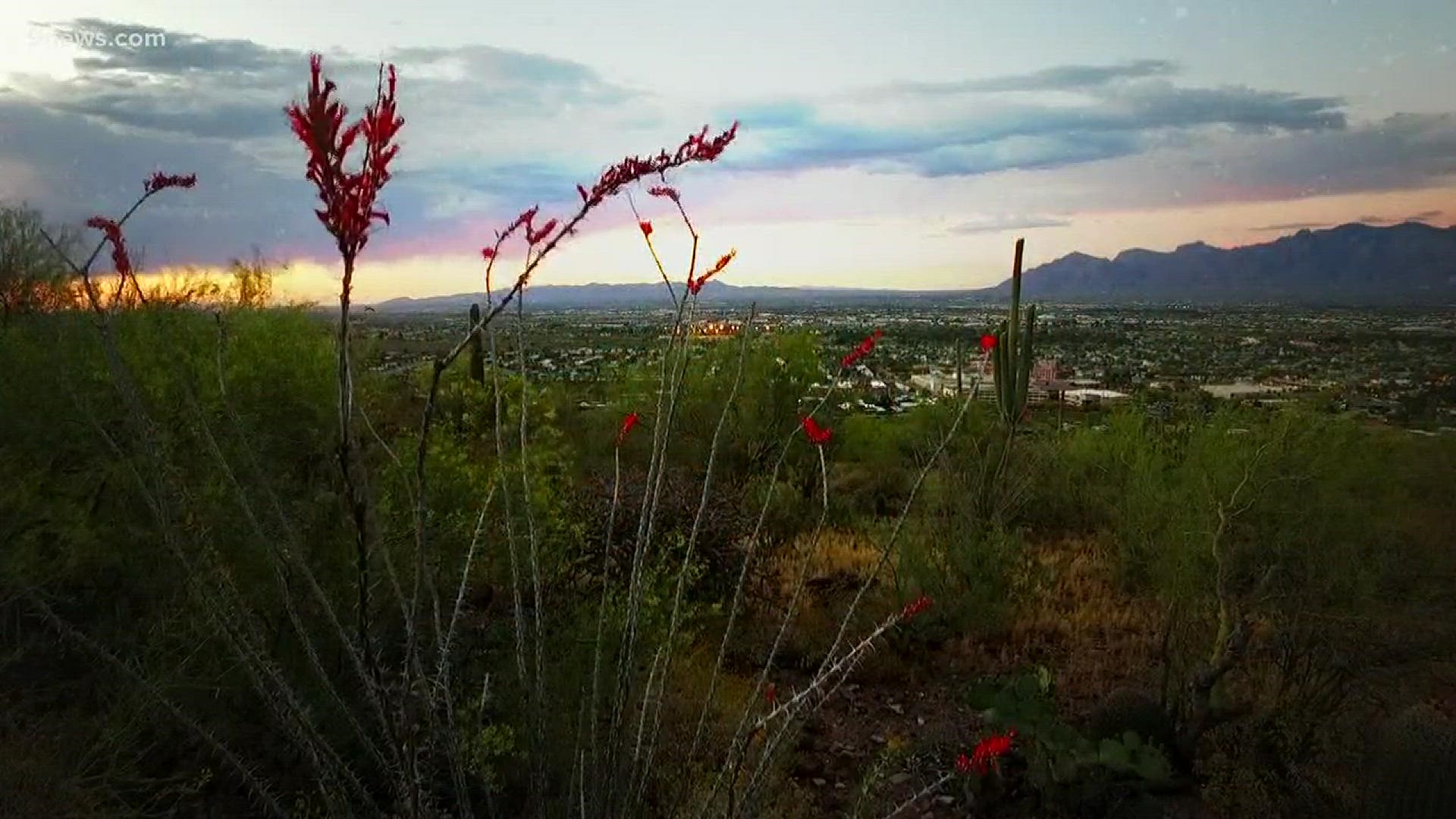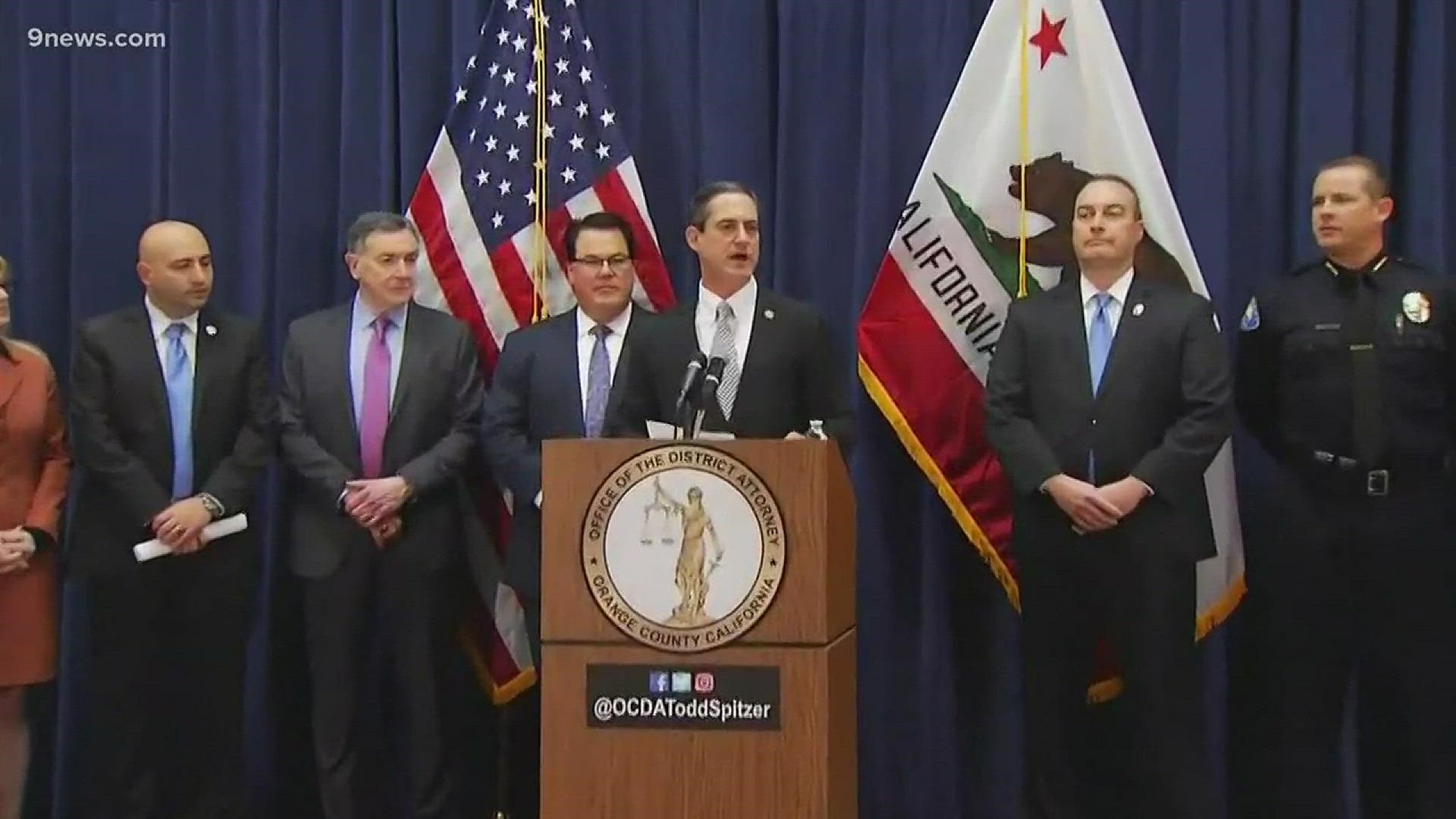Last July, frustrated police investigators in Newport Beach, Calif., took a very public step in their efforts to solve the 1973 murder of an 11-year-old girl – telling Linda Ann O’Keefe’s story in a series of tweets that were made in her own voice.
Using the hashtag #LindasStory, Newport Beach investigators detailed the girl’s final day, when a man in a van apparently kidnapped her off the street as she walked home from summer school, sexually assaulted her, and killed her.
But it was work behind the scenes, with a relatively new kind of DNA research, that led investigators to a quiet street in Monument, where they arrested a man now known as James Alan Neal in February.
Neal – who was born James Albert Layton Jr. – faces multiple charges in the girl’s killing and in two other sexual assaults on children in California that occurred in the late 1990s and early 2000s.
He was extradited to California after his arrest.
But all of that was possible because investigators were able to use a relative’s DNA profile to track him down, a new kind of sleuthing that is quickly gaining popularity as the arrests stack up.

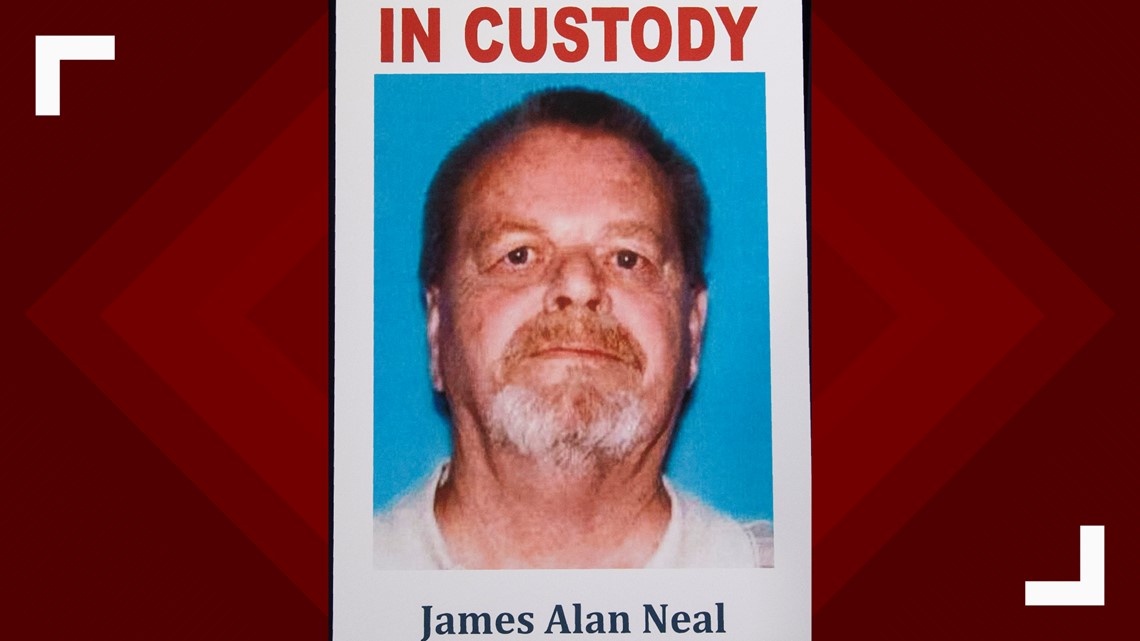
And one that has led cold case investigators in Colorado – where Neal spent time in the 1960s and ‘70s before returning a few years ago – to consider whether he should be looked at in any of the estimated 1,500 unsolved murders in the state.
“Anytime you have a suspect that that pops up with charges like that – somebody that wasn’t on anybody’s radar, so to speak – you’re going to take a look at it,” John Kellner, chief deputy district attorney in the 18th Judicial District, told 9Wants to Know.
The district, which includes Arapahoe, Douglas, Elbert and Lincoln counties, has more than 160 unsolved murders.
***

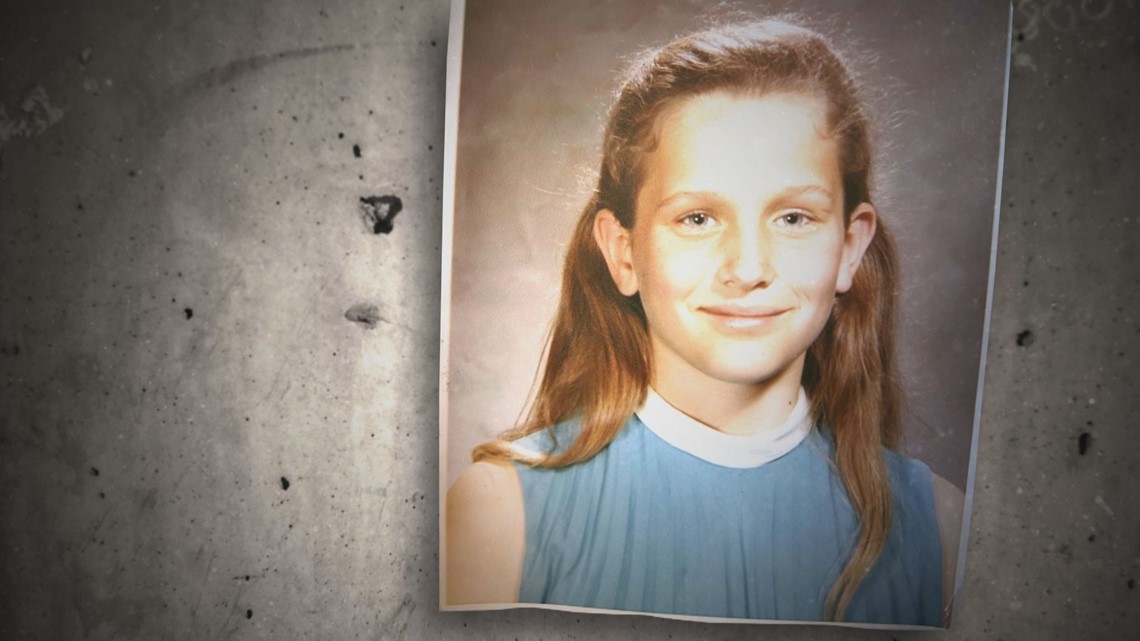
Linda was the middle sister in a family of three girls.
“We were never really close because around the time I was a teenager, I wanted hang with my friends, but I had to watch my sisters,” Cindy Borgeson, the oldest of the three, said during an interview in her home in Tucson. “It wasn't a great relationship for a long time.”
She figured once they were all grown they would be friends.
But on July 6, 1973, everything changed. Cindy, then 18, was home with her mother after her sister headed off to summer school, catching a ride with her music teacher.

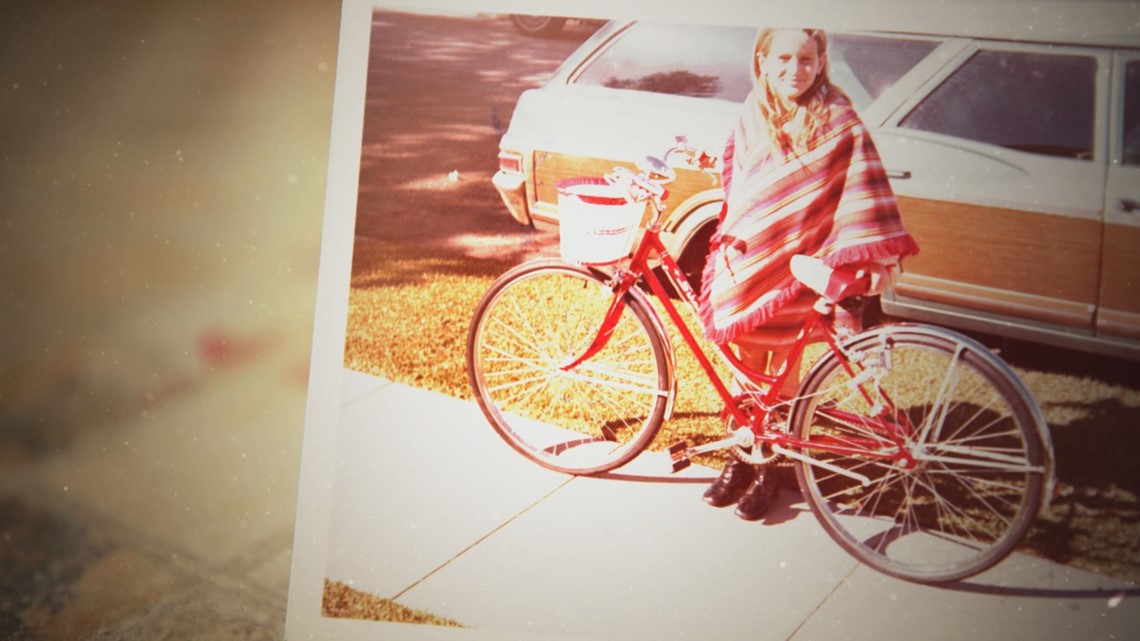
“She didn’t have her bike and she didn’t want to walk home that day,” Borgeson said. “So she called my mom, and my mom and I were sitting there. She says, ‘Just walk home. I’m really busy. Just walk home.’”
A woman driving down a neighborhood street would later see Linda talking to a man in a turquoise van. It seemed odd to her, and she pulled over, expecting the van to pass her and planning to get its license number.
But the van never came by, and Linda never made it home. A man doing research found her lifeless body the next day in a marshy area.
“I remember she was an old soul,” Borgeson said. “When we’d go camping she was like the frog whisperer. We’d be trying to chase frogs and get them but she would walk up very gently and pick them up, like they just knew she was a safe person to with.
“And I was always astonished with that.”

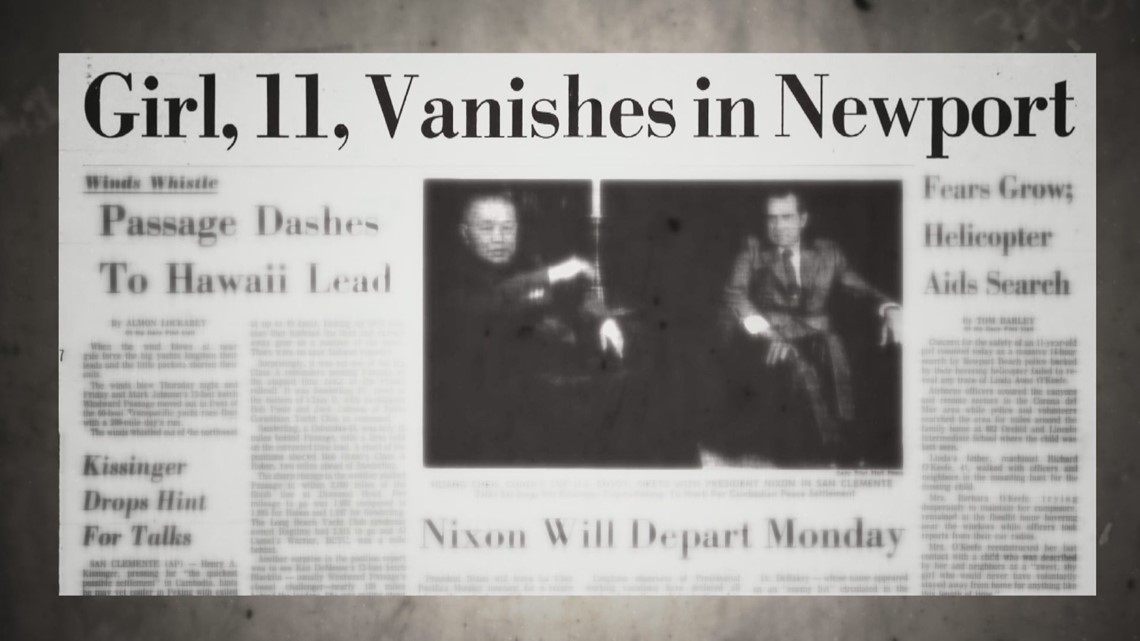
For more than four decades, as first their mother and then their father died, there were no answers.
“She did feel guilt and remorse,” Borgeson said. “And my dad’s overwhelming feeling was anger that someone took his girl.”
Then came a new way to use DNA to identify suspects in long-ago cases.
***

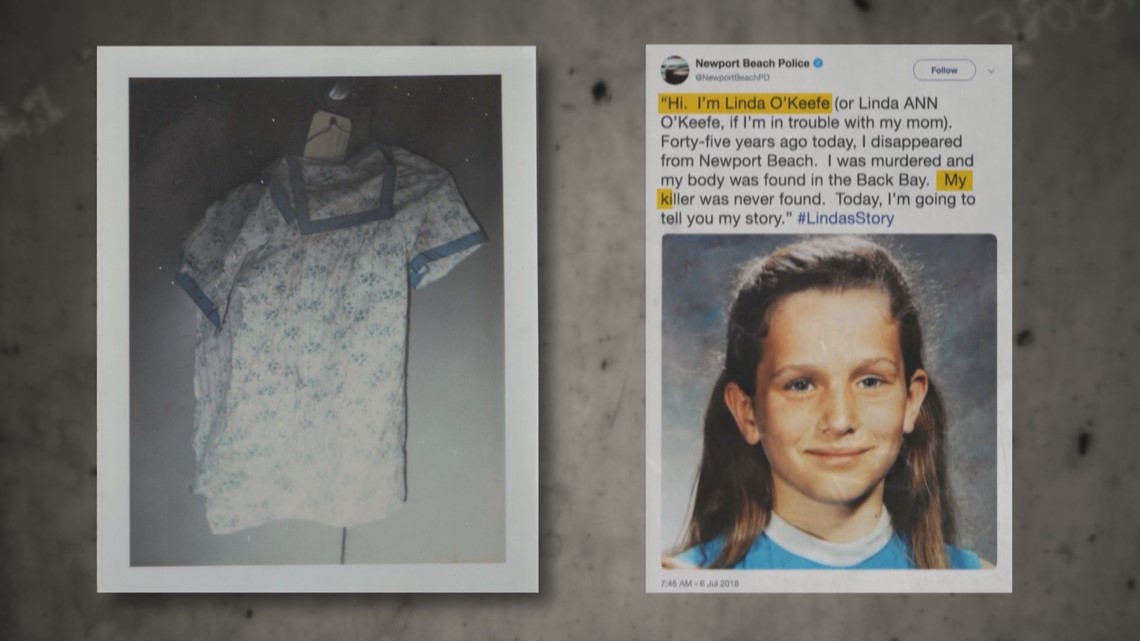
DNA first emerged as a viable tool for identifying suspects in serious crimes in the 1980s – a breakthrough that was seen then as significant as the discovery of fingerprints as a crime-solving tool in the 19th century.
As the years progressed, DNA tests became ever-more sophisticated – to the point where a full profile can be developed from a sample that includes just a few skin cells.
Even with those advances, investigators basically were limited until recently to one way of identifying a suspect through DNA: Collecting a genetic sample at a crime scene, then either comparing it to an already identified suspect or entering it into a database of known criminals.


In the case of Linda’s murder, investigators had long ago obtained DNA they believe was left behind by her killer and entered it into the Combined DNA Index System, known as CODIS. It never registered a match.
But in recent years, as at-home DNA tests became readily available and millions of people rushed to learn about their ancestry, investigators saw a new way to use genetic profiles to locate suspects: Find their family members.
One strain of that work is what’s known as “genetic genealogy,” and in probably the most well-known case of its potential, investigators in California identified a man suspected of being the so-called “Golden State Killer.” In April 2018, police arrested Joseph James DeAngelo, now 73, as a suspect in 13 unsolved murders that occurred between 1974 and 1986.


The same person is thought to have committed more than 50 rapes and over 100 burglaries during that same span.
In that case, investigators took DNA left by the killer, went into a public database where people had posted the results of their own genetic tests, and eventually located relatives. From there, they built a family tree and identified DeAngelo as a possible suspect.
Then they followed him, obtaining his DNA from something he’d discarded.


“You drop a cigarette butt, you spit on the sidewalk, anything – saliva,” said former Denver District Attorney Mitch Morrissey. “Any way your DNA gets left in the public, if you’re being followed by the police, they can collect it once you’ve abandoned it.
“You have no expectation of privacy in abandoned DNA.”
Morrissey is now chief of operations at United Data Connect. The private company offers genetic genealogy as a service but also developed software based on the same idea – but with a twist. That software can take DNA left at a crime scene and search criminal databases to look for relatives.
“His father may be in there,” Morrissey said. “Or his brother may be in there. Or his mother or sisters may be in there. Some of these cases are old enough that his son may be in there.”
***

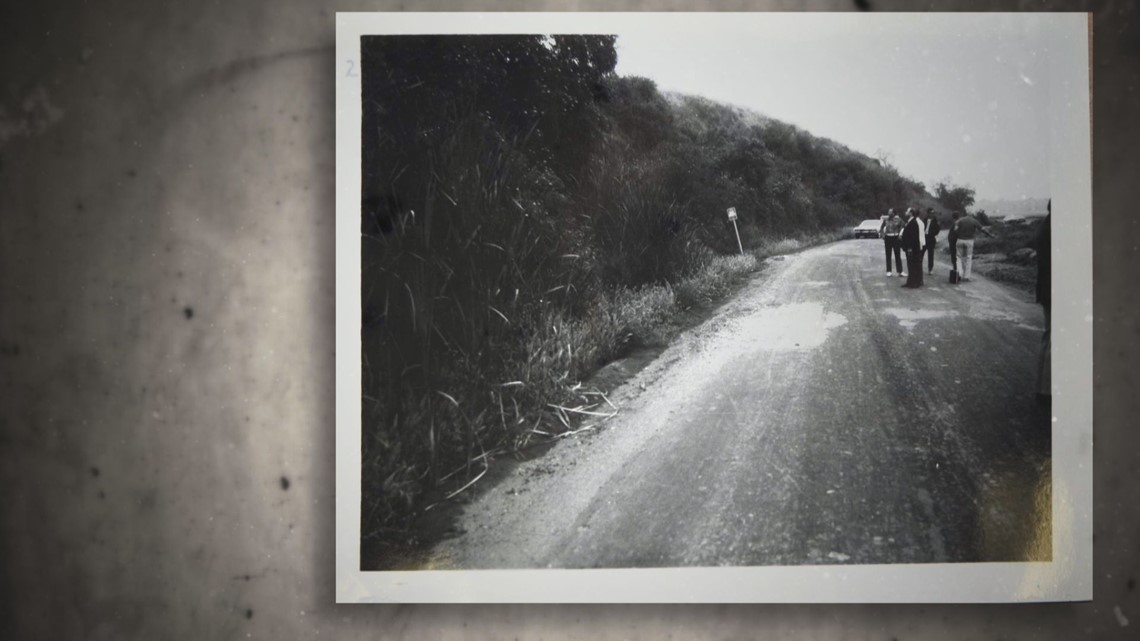
The exact details of how investigators tracked down Neal is spelled out in court documents that remain sealed. However, Orange County District Attorney Todd Spitzer acknowledged that detectives took DNA they believe was left by Linda Ann O’Keefe’s killer and used a public genealogy database to identify potential suspects.
Borgeson said an investigator gave her insight into that work.
“First the detectives told me they found his second cousin, and then they found his grandparents,” she told 9NEWS.
And now that work has people like Kellner, the cold case prosecutor in the 18th Judicial District, considering whether Neal could be a suspect in any of their unsolved murders.


A 9Wants to Know investigation found that Neal – then using his birth name – came to Denver in 1966, was accused of stealing from the gas station along Colorado Boulevard where he worked, and later escaped from a work camp in 1967. He returned to Colorado in 1969 and was sent to prison.
He was released on parole in 1971 before being arrested again in Denver in 1974 and being sent back to prison. It was during that span that Linda Ann O’Keefe was murdered.

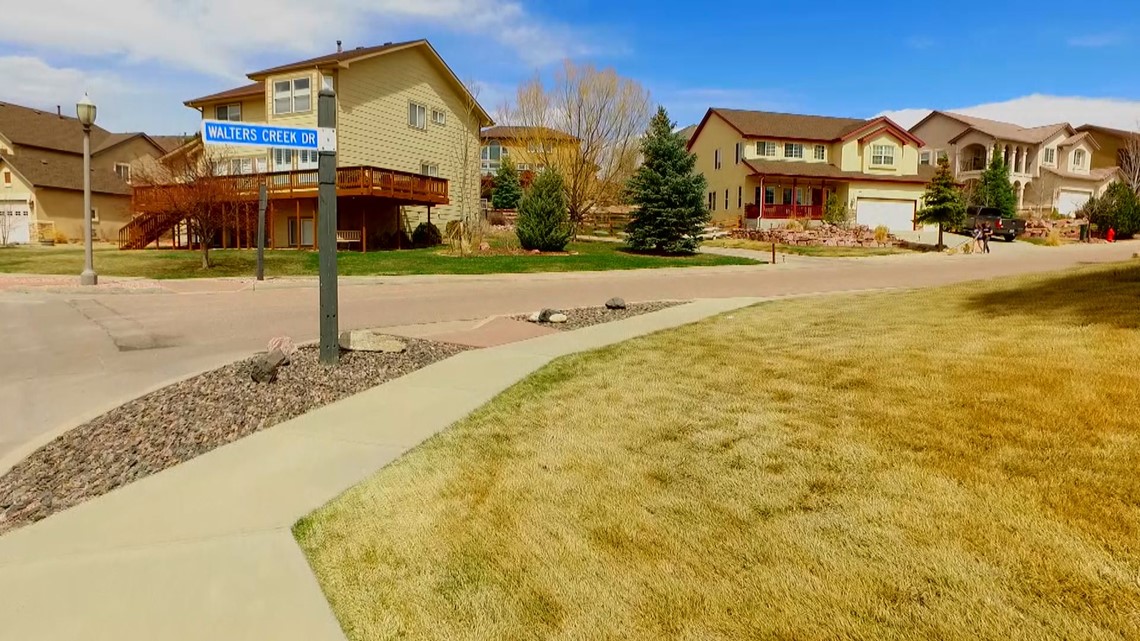
After being paroled again in 1975, and his sentence formally ending in 1977, he apparently left Colorado, changing his name at some point, and then returning in 2016 when he moved to Monument.
“When somebody’s name kind of pops up, out of the blue, as a person who has committed a crime – a heinous crime, like a murder and possibly sexual assault of a young victim – we’re definitely going to take a look at that,” Kellner said. “And see, OK, is this person possibly a suspect in any of our cases?”
Contact 9NEWS reporter Kevin Vaughan with tips about this or any story: kevin.vaughan@9news.com or 303-871-1862.
SUGGESTED VIDEOS | Investigations from 9Wants to Know

